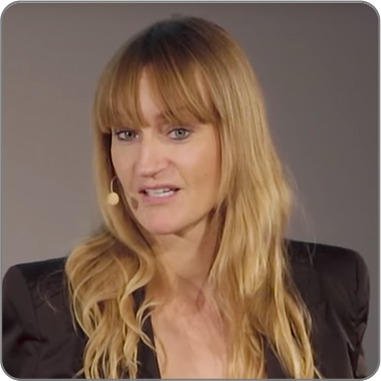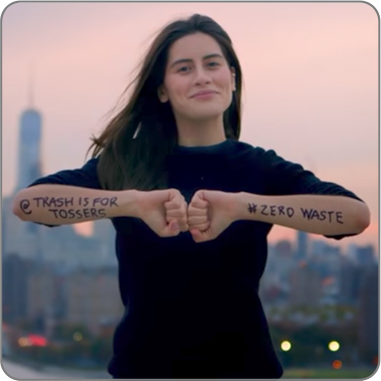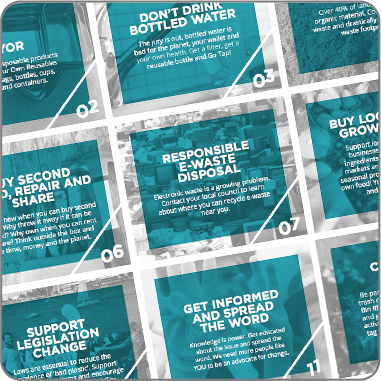
Waste
“Above all, we should question the consumer ethic, which uses up non-renewable resources, creates inequality and injustice, generates pollution, destroys other species and upsets the balance of nature. Waste itself is a human concept; everything in nature is eventually used. If human beings carry on in their present ways, they will one day be recycled along with the dinosaurs.”
~ Peter Marshall, English Philosopher, Historian, Passionate Ecologist
Stuff — matter, in scientific terms — never truly goes away. It might decompose and turn into something else, but more likely than not your stuff is destined to sit in landfills or waterways, polluting our atmosphere and our planet.It’s not just you. The average person produces about 1.95 kg or 4.4 pounds of waste per day. Collectively, the United States produces around 254 million tons of waste annually – a quantity that could cover Texas, TWICE!
Waste has become a negative byproduct of our daily lives, but it doesn’t have to be! Simple solutions to waste are readily available, so changing your behavior can be painless. Forgoing single-use packaging for safe, reusable containers is one of the best places to start. Companies like Klean Kanteen and U-Konserve offer stainless steel reusable containers that make it easy to transition to a zero waste lifestyle.
So, where can you start reducing your waste consumption?
Yes, Reduce. Reuse. Recycle. You’ve heard these words since you were a kid, and they’re truer than ever today. But here are a few more important “R’s” to throw into the mix:
RETHINK. Think hard about what you can do differently to cut down on waste. Today’s non-profit partner, 5 Gyres, shares simple but illuminating information about reducing plastic pollution through exploration, education, and action.
REFUSE. Refuse all single-use items and disposables that you can live without. While you’re at it, ask your friends, family and school to do the same.
ROT. Make it your business to keep food waste and other biodegradable materials out of landfills by creating rich compost to feed nearby plants. Encourage your friends, schools, and communities to start composting if they haven’t already.
For more specific ideas and tips, check out Lauren Singer’s blog Trash is for Tossers.
Green
Think
Think about the full lifecycle of a single-use product. How was it created? How did it end up in your hands? How will you dispose of it? The answers to these questions all have serious implications for the health of people and planet. In fact, every piece of plastic ever created still exists in one form or another.
Challenge
- Watch this short video made by Annie Leonard, Story of Stuff
- What are two lessons you learned from this video?
- Decide on one change that you can make in your life starting today.
- Share a link to Story of Stuff on your social media
Greener
Think
Since landfills are hidden from view, it’s easy to overlook just how much waste we produce and how it negatively impacts our shared planet. Check out this visual of consumerism in the U.S. to see how mindless consumption can add up.
Challenge
- Do you ever wonder how much waste you actually produce? Well, you’re about to find out!
- For 24 hours, carry a bag everywhere you go and collect everything that you would otherwise throw away.
Greenest
Think
Polystyrene and expanded polystyrene foam — better known as Styrofoam — is one of the most harmful forms of waste on the planet. It is rarely recyclable, and, like all plastic, it takes hundreds of years to decompose. It’s one of the most common forms of litter on our beaches, and is known to cause cancer in animals. It is literally everywhere; in our coffee cups, take-out containers, straws, cutlery, and more. For this challenge we’re asking you to join the #foamfree campaign that is working to ban polystyrene across the nation!
Challenge
Watch this “Topless for Oceans” video here
Take a look at 5Gyres #foamfree campaign
- Step 1: Take the pledge to refuse single-use polystyrene products.
- Step 2: Take action. Look around on your home and community and see where Styrofoam is currently being used.
- Step 3: What alternatives might you suggest to your favorite take out place or your office coffee station? Consider offering these suggestions and volunteer to facilitate any other waste-reducing changes in your community.



